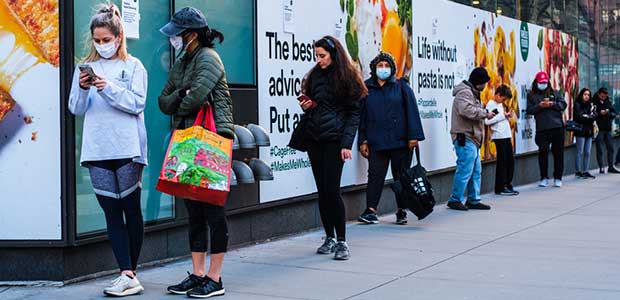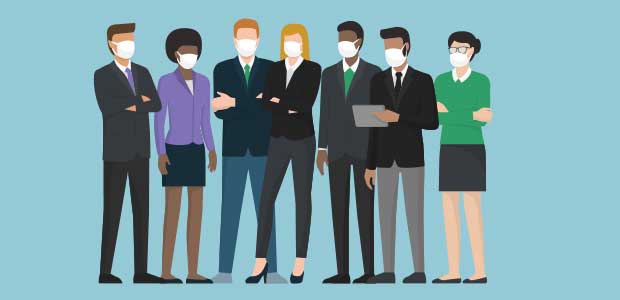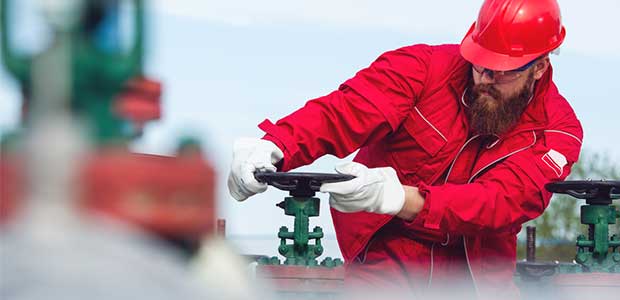On July 26, the United States will recognized the 30-year-anniversary of the landmark Americans with Disabilities Act of 1990 (ADA).

Episode 19
OH&S Editor Sydny Shepard discusses analyzing, studying and controlling hazardous dusts with Camfil APC's Jon Ladwig.

New York University’s School of Global Health to study the physical and mental health impact of COVID-19 on transit workers.
Many businesses in America are beginning to reopen or thinking about reopening. However, your employer should ensure he or she is making the following precautionary, coronavirus steps before operating as usual.
OSHA has cited healthcare company OHNH EMP LLC for violating respiratory protection standards following an inspection after the company reported the coronavirus-related hospitalization of seven employees.

As fall quickly approaches and schools consider reopening, many wonder if teachers can be considered essential, front-line workers. Traditionally, teachers have not been considered “essential,” but that might be changing.

Pregnancy discrimination in the workplace—direct or indirect—can have effects on the woman and baby’s health. Make sure you are supporting and respecting your pregnant workers, especially with new legislation.
An OSHA guide helps define work-related asthma, informs you why you should care and tells you what to do if you have asthma from work.
Every year, thousands of workplace injuries and illnesses occur. No matter how prepared you are for the next incident, it is clear organizations could use some help. Check out OSHA's top 10 violations and ways you can actively prevent them.

The coronavirus pandemic and its social distancing, work-from-home implications had many experts worry that Americans would become overwhelmed with loneliness. While mental health and loneliness have definitely worsened, people are surprisingly good at staying connected, studies show.

Many states are now enforcing mandatory mask orders to combat rising coronavirus cases across the nation. Mounting evidence suggests masks significantly reduce the transmission of the virus, and experts from the CDC say good mask wearing could mean improvement in two months.

Healthcare is hard to come by in America without a salaried job, and many with hourly wages and preexisting health conditions are more worried about unemployment than coronavirus. Here’s why the sickest and most vulnerable might be coming to work first.
You can participate in OSHA’s Safe + Sound week next month to commit to workplace safety and health. This nationwide event recognizes the successes of workplace safety and health programs and offers important information for the safety of America’s workers.
The fight to give workers more days off for paid sick leave is not a new fight, but the recent pandemic has made advocates for this benefit much louder. Now, Colorado has put a somewhat comprehensive one into law.

The pandemic is still here, but domestic helpers and housekeepers need to work and families want the services. How do both parties resume work safely? The answer is about trust, safety and communication.
With coronavirus, social distancing and work-from-home orders, we have to get creative on how to connect with coworkers and stay healthy. People are beginning to hold “walking meetings” at six feet apart to kill multiple birds with one stone.

While public contact tracing apps released by governments have attracted much (negative) attention, business contact tracing solutions play a different but hugely important role in slowing the spread of Covid-19.
The use of wearable technology has opened a new era in ergonomics, and it is a game changer for risk assessments.

Here’s a roundup of some of the latest PPE technologies and why these claims are the new reality.
Since the outbreak of the novel coronavirus was first detected back in December of 2019, over 11.8 million people have been infected, and 544,200 have died. A timeline of events from then until now reminds us just how large this crisis is.